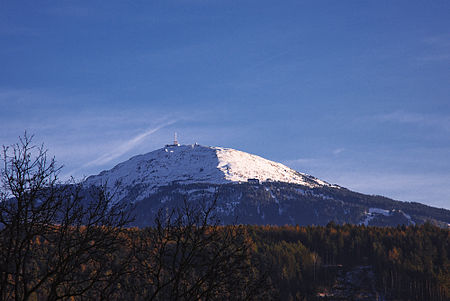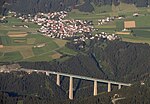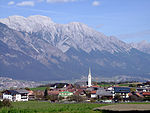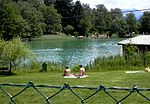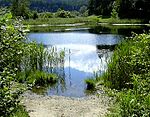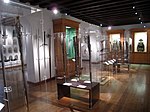The Chamber of Art and Wonders ("Kunst- und Wunderkammer") is a cabinet of curiosities created by Ferdinand II, Archduke of Austria, sovereign ruler of the County of Tyrol and Further Austria, in the 16th century. Ferdinand II, son of Emperor Ferdinand I, was one of history's most prominent collectors of art. The cultured humanist from the House of Austria accommodated his world-famous collections in a museum built specifically for that purpose (1572-1583, supplement 1589). So, the Lower Castle as building itself became an exhibit, making Ambras Castle in Innsbruck perhaps the oldest museum in the world. As the only Renaissance Kunstkammer of its kind to have been preserved at its original location, the Chamber of Art and Wonders represents an unrivalled cultural monument.
Representing an outstanding example of a late Renaissance encyclopedic collection of its genre, it continues to be displayed at Ambras Castle Innsbruck, the same setting since its inception. Ferdinand II, like many other rulers of the Renaissance, was interested in promoting the arts and sciences. The Habsburg Archduke spent considerable time and money on his unique collection: armour, weapons, portraits, natural objects, rarities, 'wonders of nature', most recent scientific instruments, musical instruments, precious items, and so on; which in later times should be classified as artificialia, naturalia, scientifica, exotica, and mirabilia.
Beside the "Chamber of Art and Wonders" Ambras Castle is home to a famous collection of armouries and early modern weapons feature masterpieces of the European armourer's art from the Renaissance; Archduke Ferdinand II was the first in the history of the museum to present his collection according to a systematic concept within a specially constructed museum building. The "Glassammlung Strasser" (Strasser Collection of Glass) boasts precious glassware from the Renaissance and Baroque periods. The "Habsburger Porträtgalerie" (Habsburg Portrait Gallery) laid out on three floors is open to visitors in summer. The paintings include works by famous painters such as Hans Burgkmair, Lucas Cranach the Younger, Giuseppe Arcimboldo, Peter Paul Rubens, Diego Velázquez, and others. Today, these collections at Ambras are administered by the KHM-Museumsverband, as part of the Kunsthistorisches Museum, Vienna.
